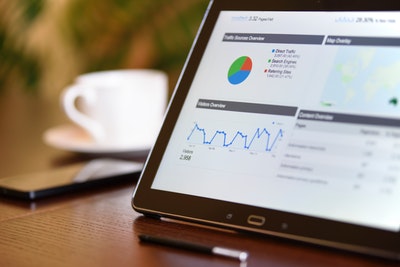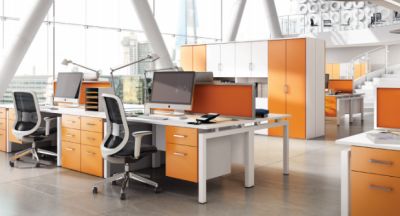8 Ways to Make Your Business Sustainable and Forward-Thinking

It’s all good and well running a profitable business today, but what’s the outlook like for tomorrow?
Or a year, or five years from now? While no one can tell for sure what the future will hold, there are some pretty solid ideas. For example, given that climate change has gone mainstream, we can assume that in the years coming up, we’re going to be moving to a more sustainable way of operating.
Indeed, it’s reasonable to assume that any company that doesn’t have sustainability at the core of its operations will be left behind — consumers already prefer to give their money to businesses that have an eye on sustainability, and this is only going to grow in the coming years.
But how do you ensure that your company is sustainable and generally forward-thinking? We take a look at a few ways how you below.
#1 Make it Part of Your Mission Statement
It’s easy to get lost in enthusiasm. You might want to make a transition towards becoming more sustainable, and even make some changes, but if you’re just relying on your current way of thinking, then who knows how long it will last?
It’s much better to ensure that your quest to be sustainable and eco-friendly forms part of your company’s fabric. You can do this by making it part of your mission statement, which is something that all businesses should have. If you already have one, look at adapting it so that there’s a greater emphasis on sustainability.
It’ll help to keep you on the right path long after your initial enthusiasm has worn off.
#2 Review Your Operations
In order to figure out the changes that you need to make, you need to know what you’re currently doing. Look at conducting a review of your operations, and figuring out in which areas you’re falling short on the sustainability front.
You’ll likely realize that there are areas where you’re already doing quite well, but others where you really need to step up. When you’ve got your company’s sustainability blueprint in front of you, you’ll easily be able to identify what you need to do.
#3 At the Workplace
It takes a lot of energy to power a workplace, though of course, workplaces for certain businesses require more than others. In some cases, it’ll be the power of running your site that is responsible for the bulk of your carbon footprint. So it might be about time to make some changes.
If you can incorporate the latest power generation technologies in your workplace, then you will be on your way to reducing your carbon footprint, and on a long-term basis, too.
As well as figuring out the best way to provide your company with energy, you’ll also want to incorporate new practices that reduce the amount of energy that’s needed — for example, switching off computers when they’re not needed and the like.
#4 The Commute
One of the biggest ways that a company has a negative impact on the environment has nothing to do with their working operations at all. It’s in the commute. Your staff needs to get to the office somehow, and they’re likely all driving there.
When you tally up the number of employees that you have, then you will likely find that you have a huge carbon footprint bill just because of this factor, which is commonly overlooked. While many bosses feel like this is something beyond their control, this is not the case.
Indeed, there are two things that you can do that’ll greatly reduce (or even eliminate) the carbon emissions related to your staff driving to your workplace. The first is to install a bike rack and showers on-site and give people bonuses (in whatever form you like) for riding their book.
People will be much more inclined to cycle to work if there are incentives to do so. The other option is to encourage ridesharing. If everyone doubles up to ride to work together, then your carbon footprint in this area will be halved — and they will save half the cost of the commute, too.

#5 New Working Setups
We talk about the commute, but there’s another way you can make your business more sustainable — and that is to reduce the number of people who are working at your site. No, we’re not recommending that you sack people. We’re recommending that you consider new working setups.
There’s been a sharp rise in companies who are allowing their employees to work from home. With technology and the internet, it’s not always essential that your staff are physically in the office. Look at initiating this change, and you’ll soon find that your carbon footprint is reduced, as is the cost of running your work premises.
#6 Who You Work With
Of course, it’s highly unlikely that you’re working entirely on your own. You’ll have suppliers and other businesses that you need in order to do your job well. But in order to ensure your long term prosperity, it’s important that you’re taking a look at the sustainability credentials of these companies.
If they’re not sustainable, then that’s a blight on your record, for starters, but you’ll also need to think about your long-term health. A company that doesn’t have a forward-thinking attitude might not be around further on down the line, which will, of course, have a negative impact on your operations too.
#7 Local Engagement
You can also boost your sustainability credentials by adopting practices that help meet this goal.
For example, one of the best methods is to shop locally. Take a look at who you’re working with and where you’re getting your materials from — is there a local option available?
#8 Review and Update
Finally, you’ll want to ensure that this isn’t just a one-time thing. It’s a process that involves continually reviewing and updating your operations from time to time. There are always new technologies and practices coming up that will lead to a more sustainable future.
Stay up to date and adopt them when they come along.






